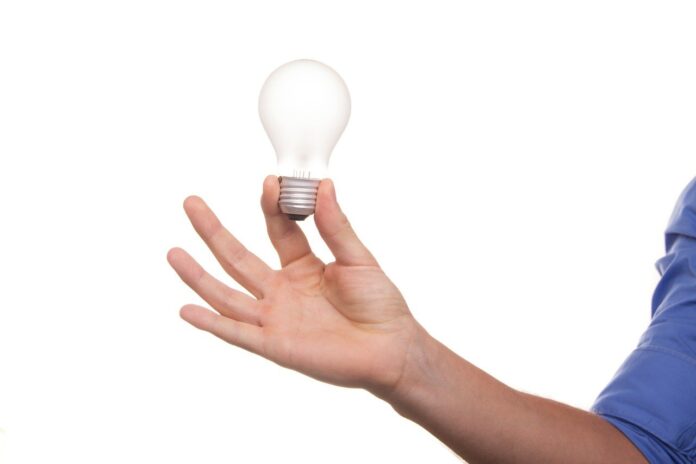We are all well aware of the modern era LED technology, also the compact fluorescent lights (CFLs). So what has been capturing more interest to replace the old fashioned and high energy consuming bulbs? The answer is simply the smart bulbs which you can connect to through smart devices and can be customised to your own preferences.
The term smart became more popular with the widespread of smartphones. Afterwards, more smart devices were invented during the smart revolution, including smartwatches, smart key chains, and even smart washing machines, have joined smartphones. Light bulbs, believe it or not, are among the most recent additions to the “smart gadgets” vogue. Many people are still unfamiliar with the contemporary concept of these smart light bulbs with Wi-Fi.
Smart bulbs are arguably the most convenient way to get started with smart home improvements. All you have to do with these lights is to plug them in and download an relevant app. Compared to conventional lighting, smart lighting is a more modern way of having full power over the energy, both consumption and use, with certain unique advantages available only through smart bulbs.
Smart lighting isn’t just limited to residential uses though. To take advantage of the smart bulbs, even larger companies and educational institutions have begun installing these lights on their premises, campuses, and even classrooms. They have converted standard incandescent bulbs to smart LED bulbs.
The ability to monitor lighting from anywhere makes it easier to control lighting and reduce costs in the longer term. This is just the tip of the iceberg when it comes to smart lighting solutions’ advantages.
Here are some destined benefits of smart bulbs
A+ LED Bulbs
If you want top-quality LED lights—plus A energy class— Lepro’s Fairy Lights are a great option. Thanks to a built-in backup battery, you are assured of hours of light even when the power goes out. The string lights are 5 meters long with a total of 50 LEDs, which allows you to decorate anywhere you like freely.
RGB + Warm to Cool White
It’s more about choices when it comes to smart lighting. Multicoloured Wi-Fi enabled bulbs, such as the Lepro WiFi Smart Bulbs B22, make it simple to change the hues and mood of your home. It has a tunable white bulb that can shift from warm to cool to daylight and can be tunable to change temperatures based on the daytime to promote a safe sleep cycle, along with voice-activated full-colour switching technology.
Controlling and dimming lighting is one thing, but the best part of smart light bulbs is the potential to adjust colours. The most exclusive function is that you can adjust the bulb’s colours so quickly, which makes smart LED bulbs much more attractive.
Peace of Mind
Smart technology helps you link your appliances to your smartphone, allowing you to keep an eye on your house when you’re gone. Why not update your outside lighting to match your indoor lighting, equipment, and other home security devices, which are all linked to the cloud? Various smart security lights attach to a mobile app that will send alerts to your phone when the built-in motion sensors detect activity outside your home.
Savings
In reality, the initial costs of transformation towards smart lights are far greater than retaining the traditional energy-saving bulbs. Still, you can save money on your electricity costs over a period of time. The more intangible savings are of time and effort—no more crawling out of bed to make sure the kids switch out the lights—you can manage it all from your smartphones. Consider more affordable smarter lighting choices, such as Lepro Smart Bulbs, if you are not going ahead with spending extra money on other smart lighting solutions. But for sure, these LED bulbs can save you 85% energy, outputs 850lm flicker-free white light, which is equivalent to a 60W incandescent bulb.
Ambience
One of the most appealing features of smart bulbs is their ability to adjust the mood of your room with a quick voice order or a swipe of your phone. Lepro B22 Smart Alexa Light Bulbs are up to the mark and of another level with a warm white light that can create a cosy and soothing ambience in your home.
sustainability
A typical incandescent light bulb’s lifespan is only 1,000-2,000 hours, whereas an LED bulb lasts between 25,000 and 50,000 hours. LED-based smart bulbs are expected to last between 15,000 and 25,000 hours. A single smart bulb will last for years—even decades—depending on its use.
Conclusion
Whatever your need, you can find any Smart Bulb of your choice from a wide selection available in the market. Bringing smart bulbs in will surely make your life easier, reduce your energy consumption, and will turn your living into a safe, stress-free, and well-lit haven.







